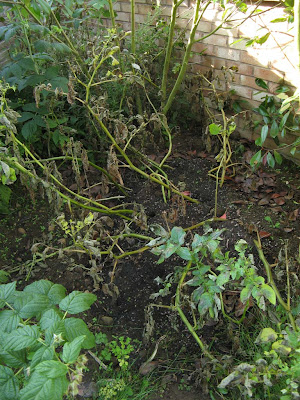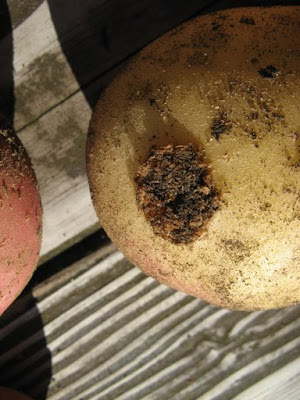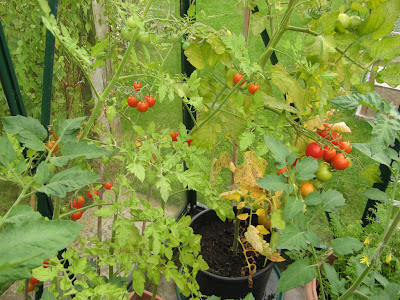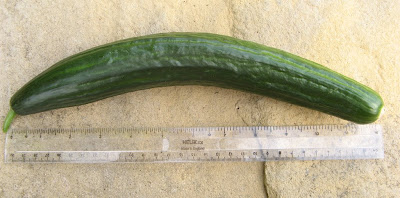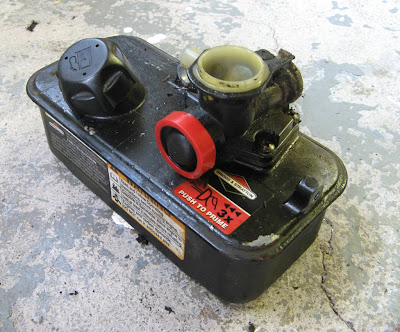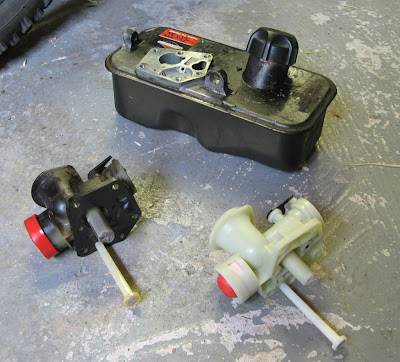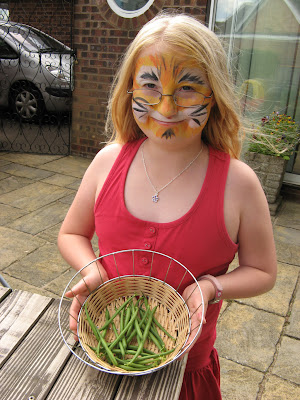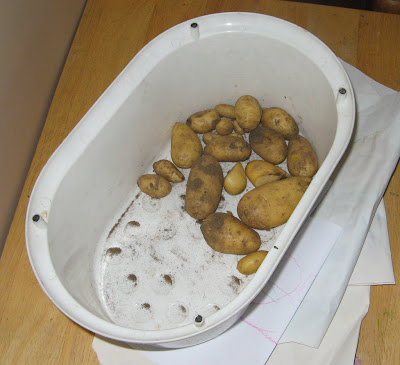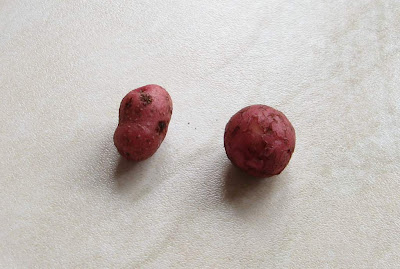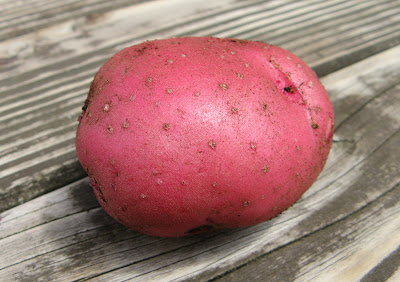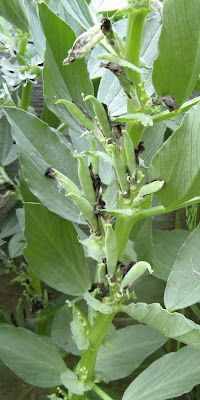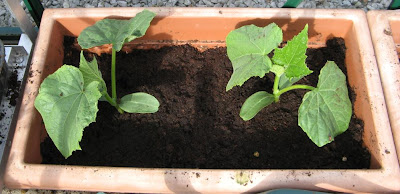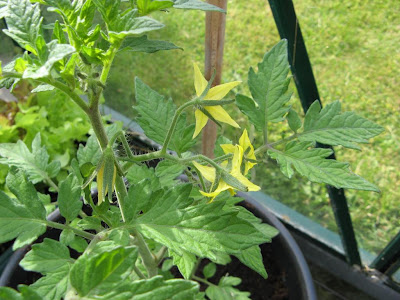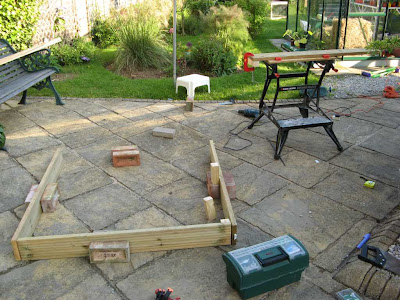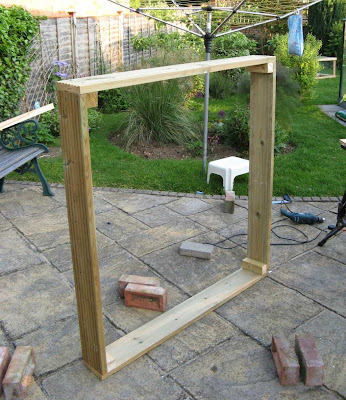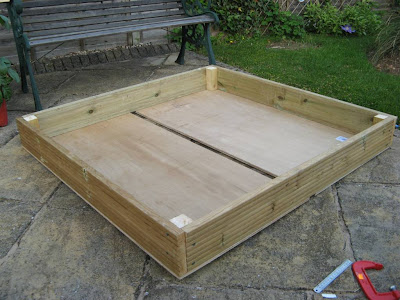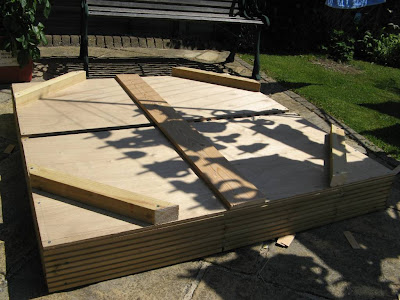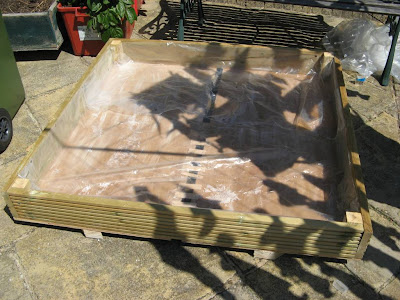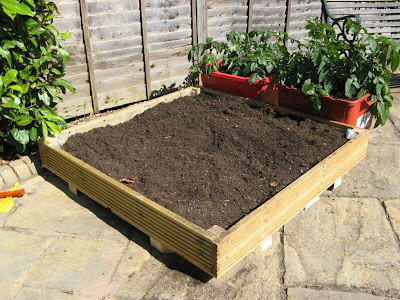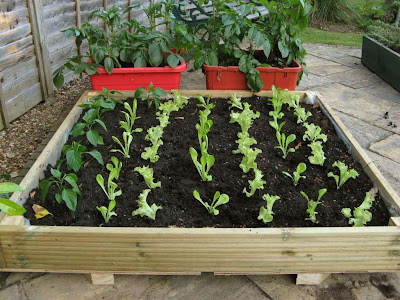After all the rain we've had in August the last two months have been gorgeously warm and dry. This has helped keep the raspberries coming. This is how many we picked yesterday (with still plenty on the canes as we head into the shorter days of November):

Raspberries still going
Along with the raspberries our tomatoes in the greenhouse kept cropping too. Now though they have slowed down so I decided to harvest them all. The plan is to make a green tomato chutney - I'll have to dig out a recipe somewhere (unless someone can recommend one).

Last of the tomatoes
Back in June we planted carrots in two buckets in a corner of the greenhouse. We just let them get on with it. The thinking was that as they got bigger, I'd thin them out as and when we needed little carrots for the children. However they never really seemed to take off. Maybe they were too densely planted. Anyway, on the weekend Megan and I picked what was left in the buckets. Their sizes varied quite considerably, and considering that they were a small variety we did get some decent sized ones. After a clean-up this is what we were left with:

Bright orange carrots
On to my planter. Although the last couple of months have been very mild, the lettuce that was in the planter just stopped growing. Likewise the peppers never did much. I think they definitely need to be in the greenhouse, or at the very least under some cover to get extra heat. This is the best one, from of six plants! (unfortunately the photo is out of focus but by the time I noticed the pepper had been used in a chili con carne!)
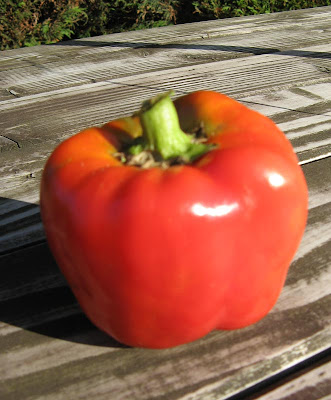
One red pepper
So, after collecting the veg that was still in the greenhouse, the time came to give it a good clean and get it ready for more planting.
So I'm going to have a little think now, about what can be planted - either in the planter or in pots in the greenhouse - which is unheated.
I'm also going to write up my experiences in the first year of Matt's Patch and what lessons have been learned.
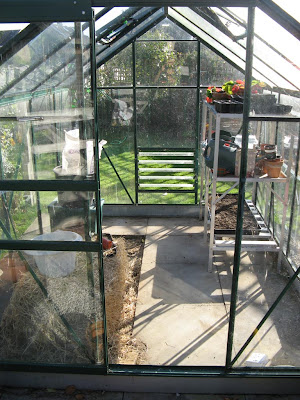
A nice clean greenhouse
